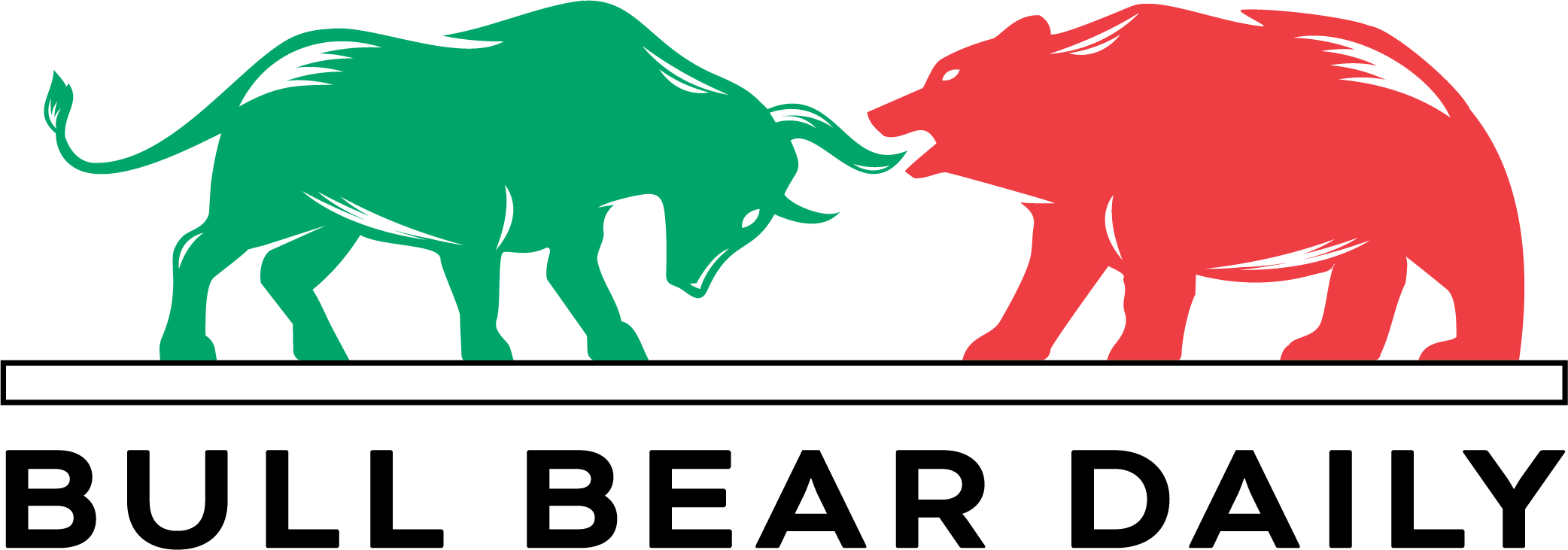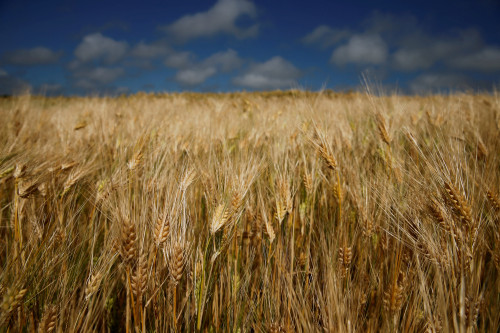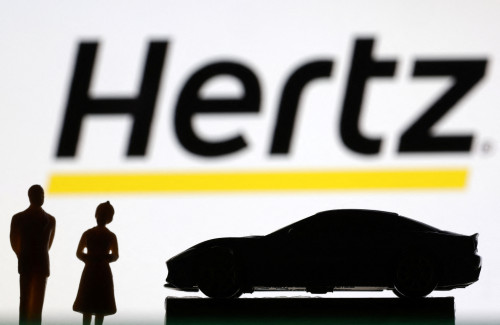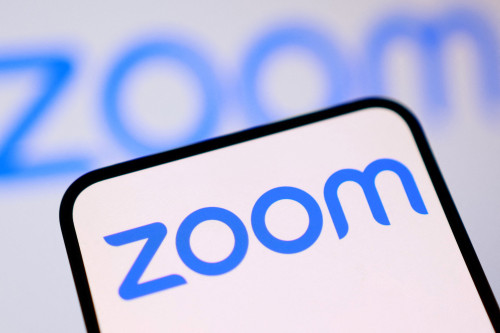
By Polina Devitt and Anushree Mukherjee
LONDON (Reuters) -Platinum prices have limited room to rise further after a record quarterly rally, analysts and traders said, with Chinese imports expected to soften and South African output to recover against a backdrop of still-muted auto sector demand.
Prices of the metal surged 36% in the second quarter as a rise in Chinese imports and a drop in supply from major producer South Africa followed earlier heavy flows into NYMEX exchange stocks on fears platinum would be hit by U.S. import tariffs.
In June alone, prices jumped 28% as hedge funds and speculative traders piled in, notching their strongest month since 1986 and hitting an 11-year high of $1,432.6 an ounce.
“Platinum has broken out of a decade-long range, and, in doing so, has put itself on the radar of professional and retail investors alike who now think ‘Hey, this is really undervalued fundamentally’,” said Tai Wong, an independent metals trader.
“But there has been a lot of volatility at the highs, and the market will want to see bigger demand from China and/or exchange-traded funds for a sustained move higher,” he added.
After strong deliveries of platinum to NYMEX stockpiles between December and March on fears the metal would be hit by April’s reciprocal U.S. tariffs, tight near-term availability led lease rates to spike, forcing industrial users to buy instead of borrow.
While platinum group metals were eventually excluded from the April tariffs, another probe ordered by Trump in mid-April into potential new tariffs on all U.S. critical minerals imports meant uncertainty continued.
Meanwhile, data from the world’s largest PGMs producer South Africa showed mined output of the metals fell 24% in April, capping what Morgan Stanley referred to as “exceptionally weak” production data for the first four months of 2025.
China’s platinum imports were also strong in the quarter, at 10 metric tons in April and 10.5 tons in May. That followed research from industry group WPIC showing Chinese platinum jewellery fabrication rose 26% in the first quarter.
Put together, those factors made up “an explosive mixture for higher prices”, one trader said.
BULLS RUNNING OUT OF PUFF
But explosions tend to be short-lived, and analysts question whether there is enough underlying support to sustain a stronger rally.
Metals Focus sees the global platinum market in a deficit of 529,000 ounces this year, but the resulting reduction in above-ground stocks will still leave them at 9.2 million ounces, equal to 14 months of demand – a fairly comfortable buffer.
While uncertainty over U.S. trade policy on platinum lingers, raising import tariffs for the metal would ultimately be counterintuitive, says Wilma Swarts, director of PGMs at Metals Focus, as North American supply falls short of the region’s demand.
Platinum lease rates, which touched 22.7% in June, have since fallen back to 11.6%.
Mine supply in South Africa meanwhile is expected to show signs of recovery in the second half, with overall global mined output seen down just 6% in the year as a whole.
“There were definitely some challenges with the rains, power and water disruptions in southern Africa between January and March, but nothing major or out of ordinary,” said Johan Theron, spokesperson for Impala Platinum.
And strength in physical demand for platinum in China only lasted until prices topped $1,050 in early June, according to one trader.
China’s June import data, due on July 20, is expected to show a decline after very strong platinum deliveries in the previous two months.
That leaves the platinum market vulnerable to one of the last decade’s most bearish factors – waning demand from the auto sector, which uses the metal as a component in catalytic converters for combustion-engine cars.
CAR TROUBLE
Long-term pressure on the platinum group metals from the expansion of electric vehicles persists, while global trade disputes have further dampened the auto sector’s mid-term outlook.
Auto production forecasters have removed as much as 10 million units from production projections over the next four years, and lower vehicle production will lead to weaker PGMs demand, Metals Focus said.
The consultancy is forecasting auto sector platinum demand to decline by 2% this year after a 3% fall last year.
Nornickel, the world’s largest palladium producer, says any further rise in platinum prices could lead catalyst producers towards more substitution of the metal for palladium.
Price spreads between the two metals of more than 30% would encourage that, it said. Platinum was 22% more expensive than palladium on Thursday.
But while analysts and traders are cautious about further gains in platinum prices, they are not expecting them to correct.
StoneX analyst Rhona O’Connell said some of China’s high April-May platinum imports could be in part a bargain-hunting exercise.
“China is renowned for buying material that is out of favour,” she said. “And although the electrification of the vehicle fleet is advancing apace, the internal combustion engines and the diesel sector are still in place.”
Analysts see prices stabilising at levels above those seen before the rally, supporting miners’ margins as the market heads for a third year of structural deficit.
(Reporting by Polina Devitt and Anushree Mukherjee; Additional reporting by Felix Njini and Anastasia Lyrchikova; Editing by Veronica Brown and Jan Harvey)







